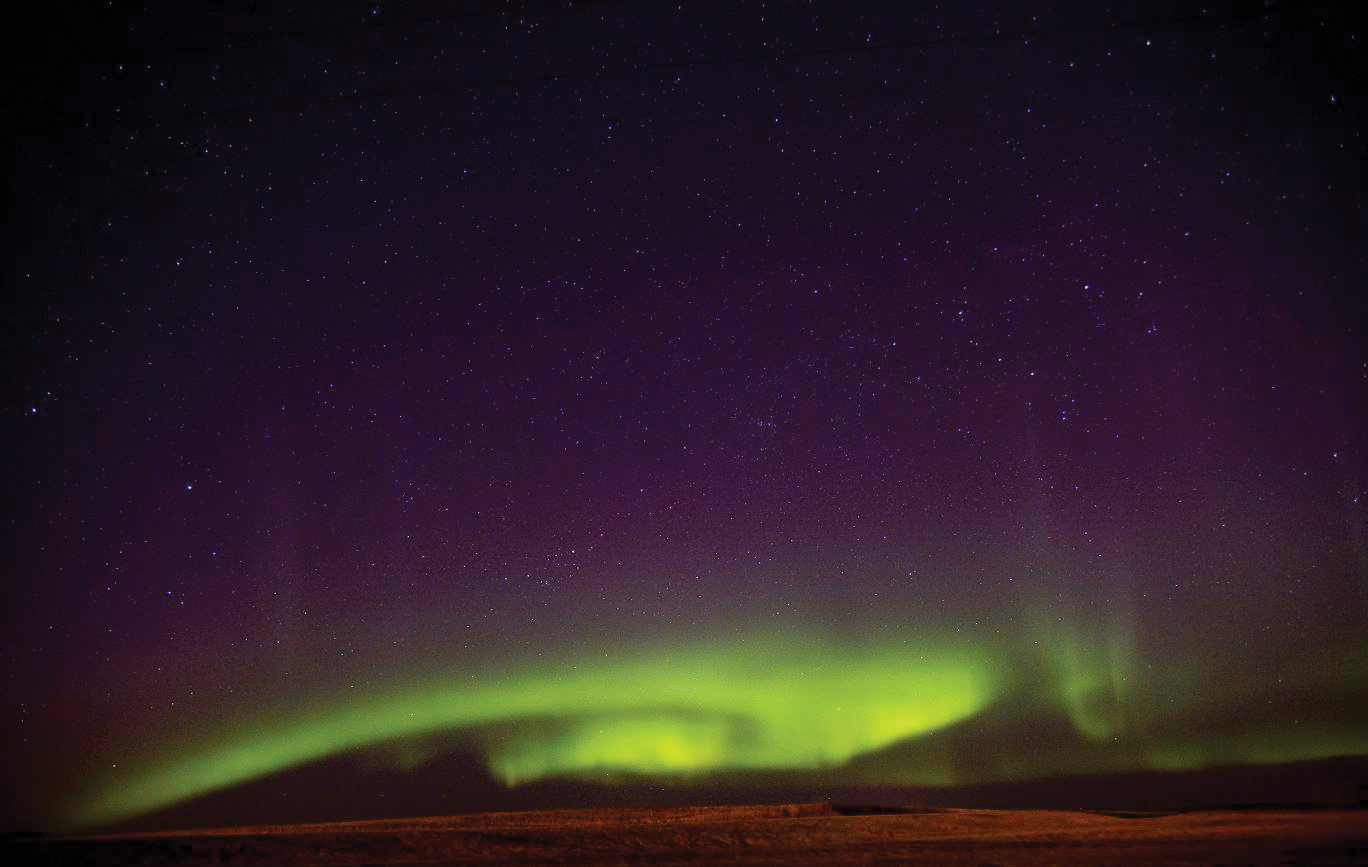At first glance, Bon Accord is the quintessential rural Albertan town. Quiet streets peppered with pickup trucks, a corner gas station selling five-cent candies, and prairie horizons in all directions give the town a familiar, friendly atmosphere. But upon closer inspection, there’s much more to Bon Accord than initially meets the eye.
Located 40 kilometres from downtown Edmonton, Bon Accord’s agricultural roots run deep. But its open, natural landscape serves more than just farmers – at night, the unlit expanse becomes the ideal location for astronomers, as well. And, in order to become a true stargazing haven, the town recently undertook efforts to reduce and limit light pollution from homes, businesses and even city infrastructure. Through these efforts, Bon Accord became the first community in Canada to be recognized by the International Dark Sky Association as an International Dark Sky Community.
“We wanted to do something to protect the night sky, and enhance nighttime enjoyment of public spaces,” says Bon Accord’s outgoing Planning and Economic Development Officer Kyle Miller. “And, more importantly, we wanted to serve as the blueprint for other communities to do the same.”
Recognition from the International Dark Sky Association is separate from the Royal Astronomical Society of Canada’s Dark Sky Preserve program, which recognizes areas with no artificial lighting present, including Jasper National Park. In contrast the Dark Sky Community status requires that cities or towns regulate existing outdoor lighting, and educate both visitors and residents on the cultural and environmental importance of dark skies.
In order to receive the designation, Bon Accord retrofitted all existing outdoor lighting fixtures and enacted a series of bylaws to regulate residential and commercial light use. It also increased public outreach programs, and helped develop local school curricula to educate future generations on dark skies. Going forward, the town plans to continue its efforts to educate and engage visitors through a public observatory, the construction of which is in its long-term plan.
